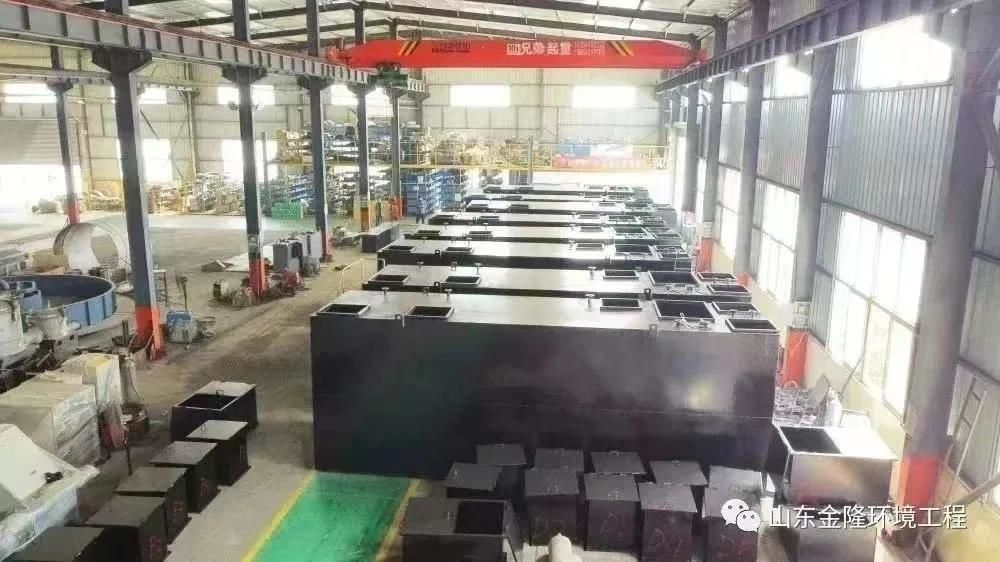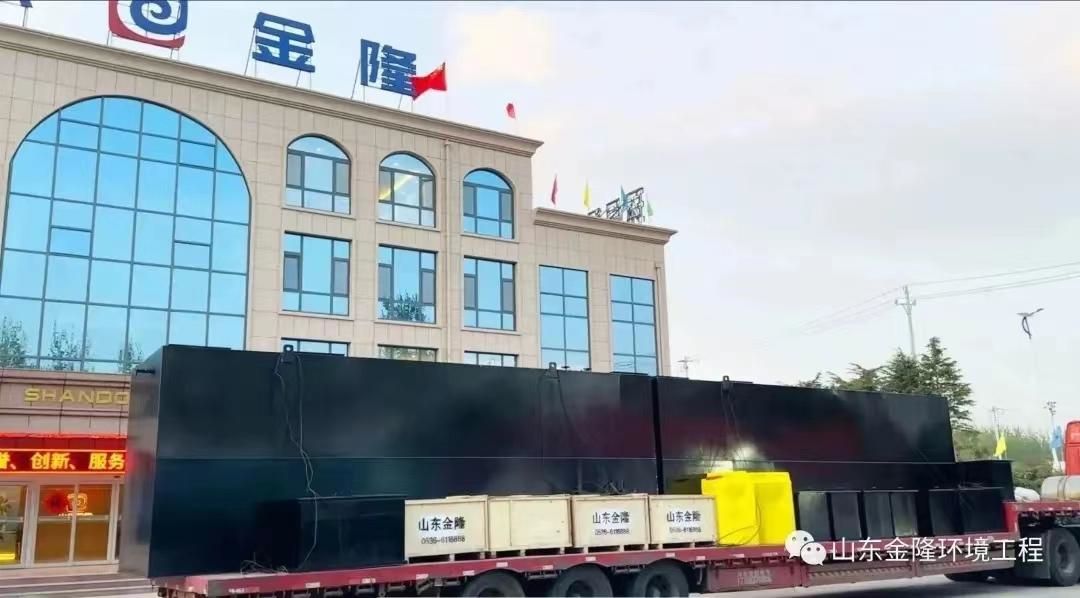New Rural Domestic Sewage Treatment Equipment
The characteristics of rural domestic sewage include kitchen cooking water, bathing, washing water, and toilet flushing water. These water sources are dispersed and there are no collection facilities in rural areas. With the erosion of rainwater, they flow into surface water bodies, soil water, and groundwater bodies such as rivers, lakes, ditches, ponds, and reservoirs. The high content of organic matter is the main characteristic.
Require that all indicators of sewage after treatment meet the "Comprehensive Wastewater Discharge Standard" GB8978-1996; First level standards for. After the equipment is put into use, it can reduce sewage discharge, effectively reduce environmental pollution, and fully utilize water resources to achieve zero discharge.
Design principles for new rural domestic sewage treatment equipment:
1. Implement the basic national policies on environmental protection, and implement relevant national and local policies, regulations, norms, and standards;
2. On the premise that the effluent meets the treatment requirements, efforts should be made to save investment and fully leverage the social, economic, and environmental benefits of sewage treatment projects;
3. Choose a processing process that is flexible, easy to operate and manage, and has stable and reliable functions;
4. In the design, try to partition according to functions and strive for compactness while ensuring processing efficiency.
5. Try to consider operational automation in the design to reduce the labor intensity of operators;
6. Consider measures such as shock absorption, noise reduction, and deodorization for supporting sewage treatment systems to eliminate secondary pollution to the environment.
Principles for selecting the process of domestic sewage treatment equipment in new rural areas:
There are many organic impurities in domestic sewage, with high CODcr and BOD5, and BOD5/CODcr values greater than 0.4, indicating good biochemical performance. It is advisable to adopt a biochemical based process for treatment. Due to the large amount of wastewater, buried integrated sewage treatment equipment should be used for biochemical treatment. Before entering the biochemical device, try to remove floating and large particle suspended impurities from the domestic sewage during the pre-treatment stage as much as possible, and then enter the sewage regulating tank to prevent adverse effects on the sewage lifting pump.
The domestic wastewater is treated in the septic tank. The bathing wastewater is mixed with other sewage after being treated by the hair collector and then enters the septic tank. After being lifted by the pump, it flows through the grid and enters the sewage regulating tank after removing the large suspended impurities. The sewage in the regulating tank is lifted by the lift pump and enters the integrated sewage treatment equipment. The sewage in the equipment is treated by hydrolysis acidification, biological contact oxidation, sedimentation and other processes, and then enters the filter, After filtration and disinfection, the effluent meets the standards and is discharged for greening. The settling sludge generated by the sedimentation tank in the integrated equipment is transported to the sludge tank in the integrated equipment through air stripping. The sludge is concentrated, settled, and digested in the sludge tank, and the supernatant is returned to the regulating tank for re treatment along with the original wastewater. The concentrated sludge is regularly pumped and transported out by a manure truck (about once every six months).
Analysis of the process of domestic sewage treatment equipment in new rural areas:
① Grille
The grille is fixed and made of stainless steel mesh. Set up two coarse and fine layers to remove large suspended particles and floating impurities in the water.
② Regulating tank and lifting pump
Due to significant fluctuations in the quality and quantity of sewage, it is necessary to have sufficient regulating tank capacity in order to stabilize the water quality and quantity entering the integrated sewage treatment equipment.
The regulating tank is equipped with a submersible sewage pump to lift the wastewater to an integrated sewage treatment equipment.
③ Hydrolysis acidification tank
The hydrolysis acidification tank is equipped with composite fillers. Under the action of hydrolysis and acidification microorganisms in this tank, the wastewater is hydrolyzed and acidified into small molecule substances by macromolecular organic impurities, which is conducive to the decomposition of aerobic bacteria in the contact oxidation tank.
④ Biochemical treatment
Based on the aforementioned sewage quality, quantity, and discharge requirements, combined with the characteristics of the sewage. This biochemical system will integrate the contact oxidation tank, sedimentation tank, sludge tank, fan room, disinfection outlet tank, and other parts into one. Each part has corresponding functions and is connected to each other, and the final effluent meets the standard. The following are explained separately:
Fill the contact oxidation tank with fillers. The lower part is equipped with an aerator, and an aeration system is made of ABS engineering plastic pipes. The air source of the aeration system is provided by a specially configured fan.
The upper part of the sedimentation tank is equipped with an adjustable outlet weir to regulate the outlet water level; The lower part is equipped with a conical sedimentation zone and a sludge air lift device, with the air source provided by the fan. The sludge is transported to the sludge tank through air lift. The retention time of sludge in the sludge tank is about 60 days. The sludge generated by the system sedimentation is discharged into the sludge tank by air lift, where the sludge is concentrated, settled and stored. Aeration pipes are set at the bottom of the tank to prevent the sludge anaerobic digestion from generating biogas, and to oxidize the sludge to reduce the total amount of sludge; Concentrated sludge is regularly pumped and transported by manure trucks. The upper part of the sludge tank is equipped with a supernatant reflux device to overflow the supernatant to the acid hydrolysis tank.
⑤ Disinfection: Before the final discharge, disinfect with chlorine dioxide.
Post time: May-15-2023

